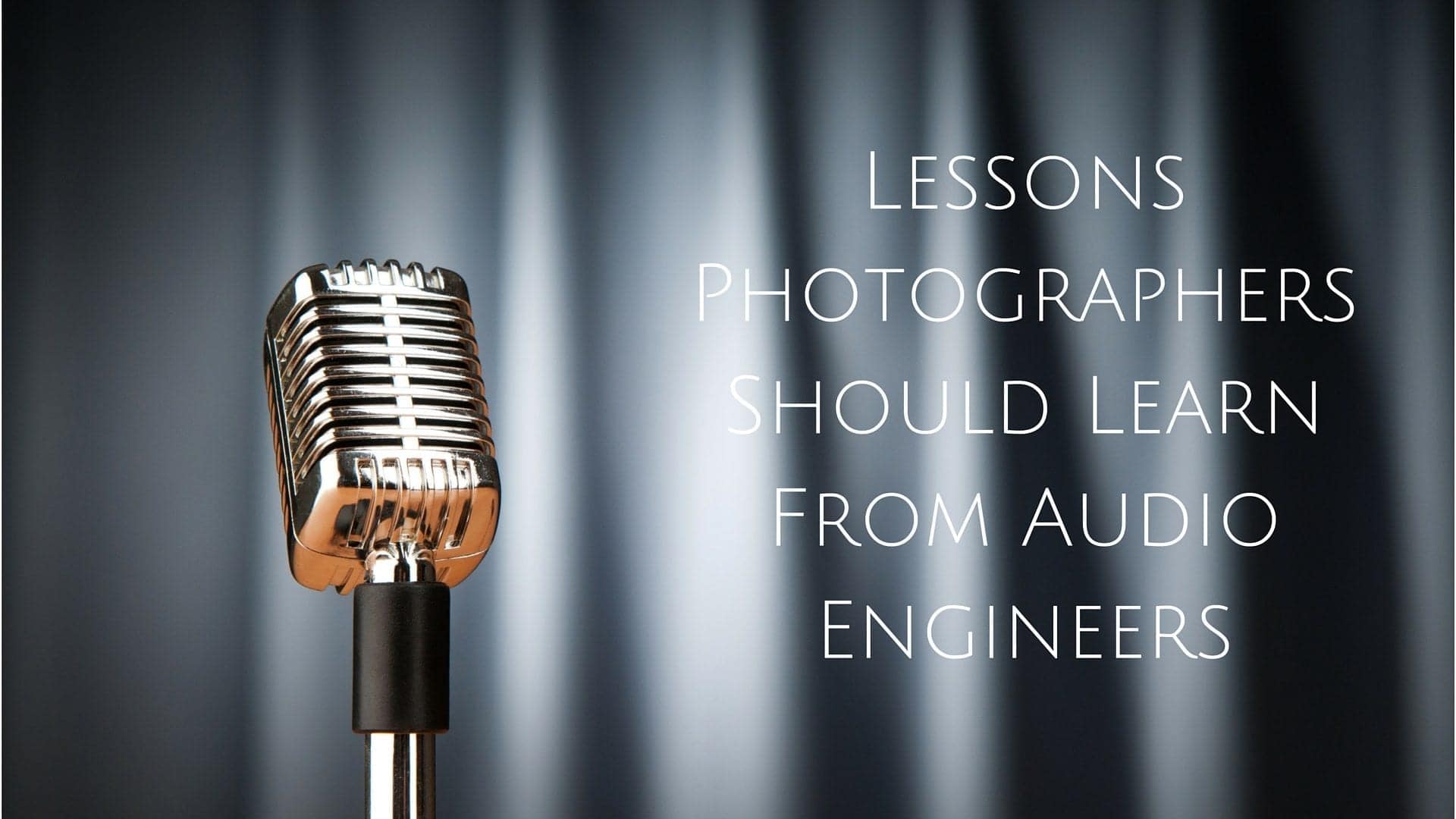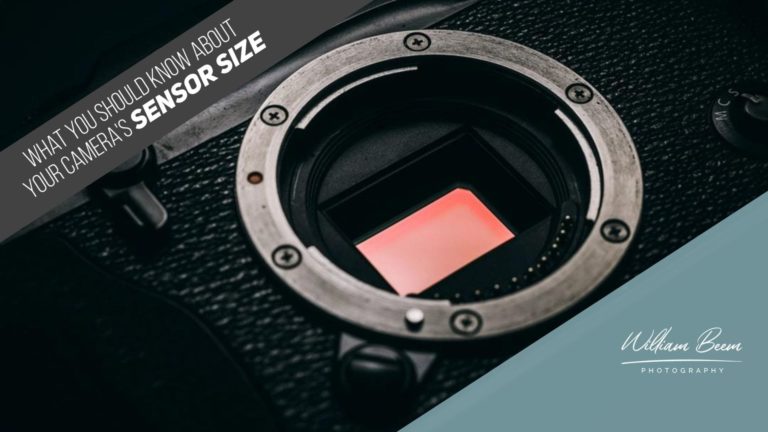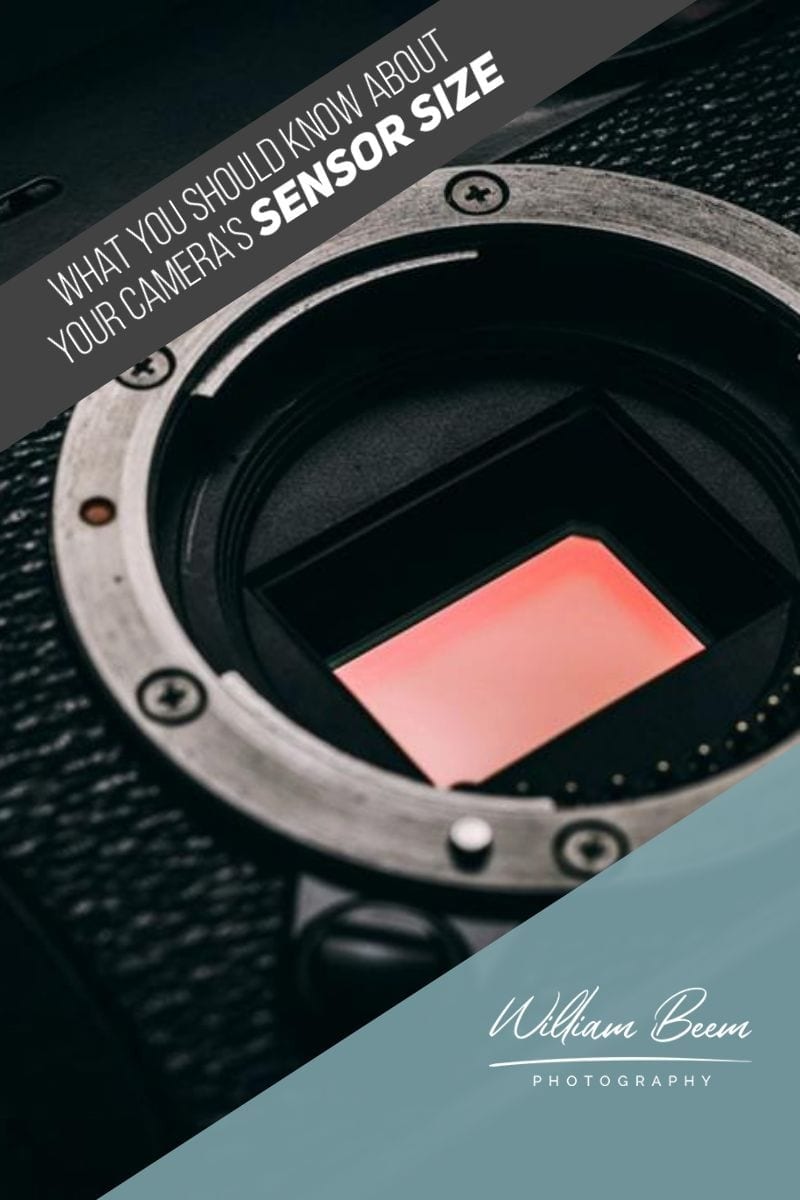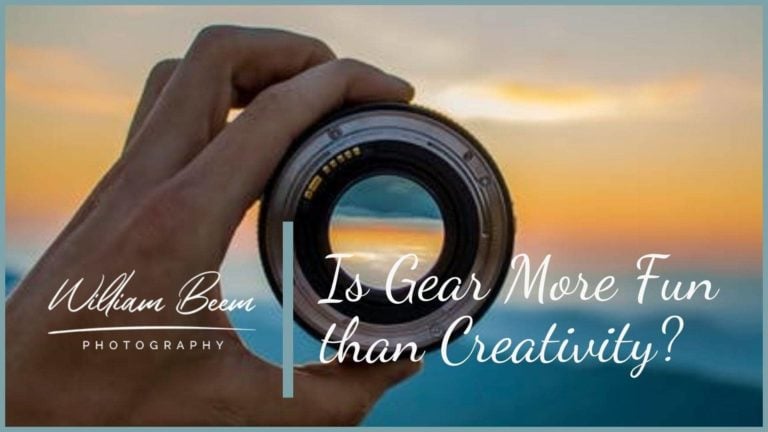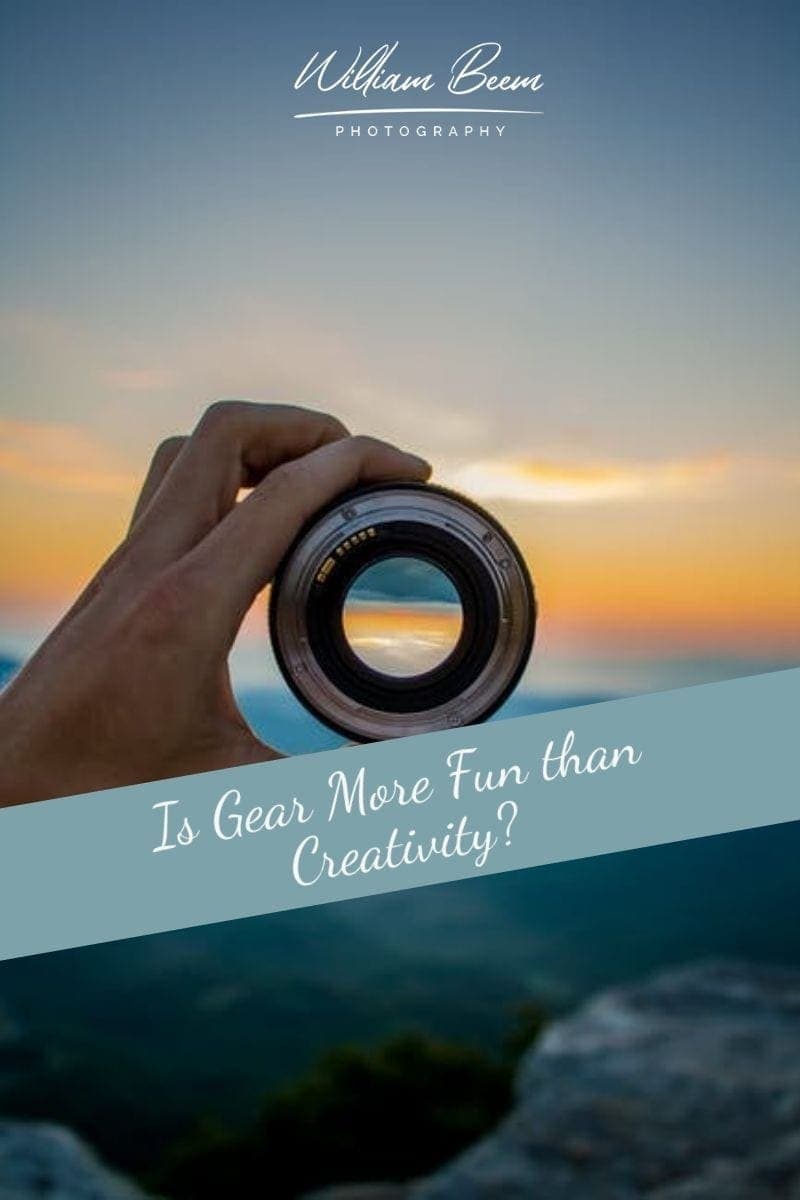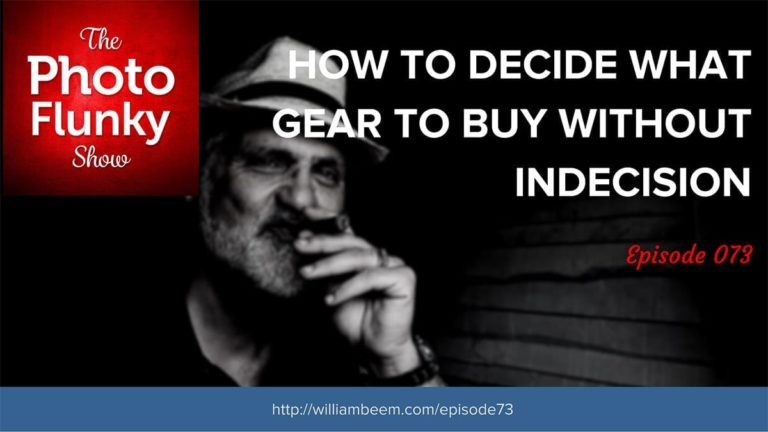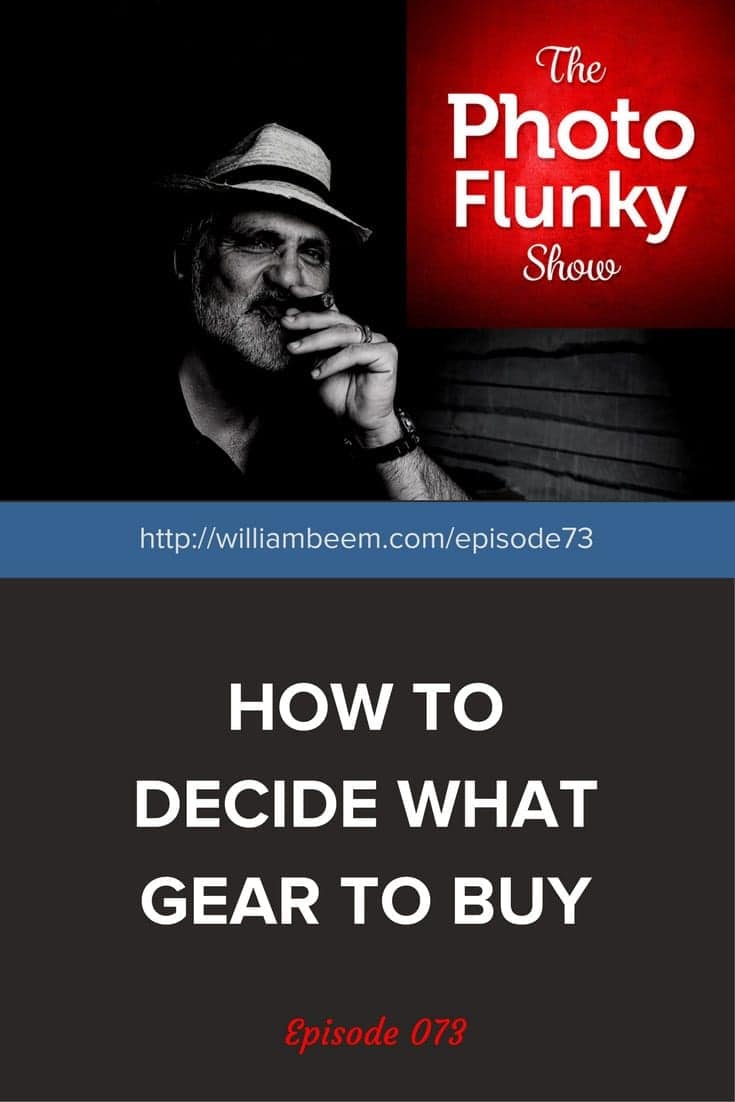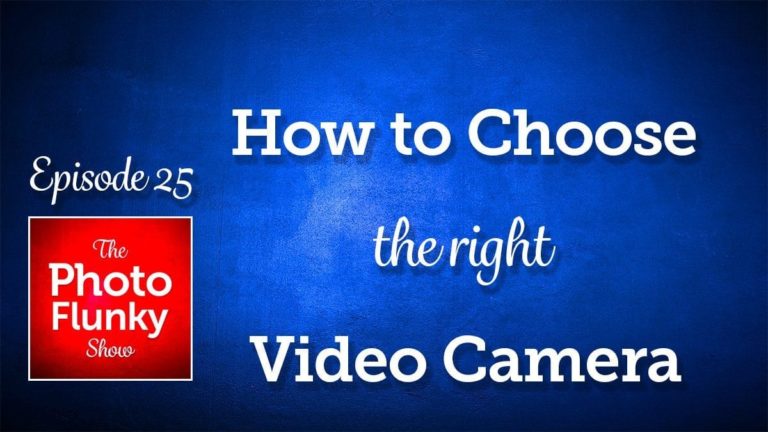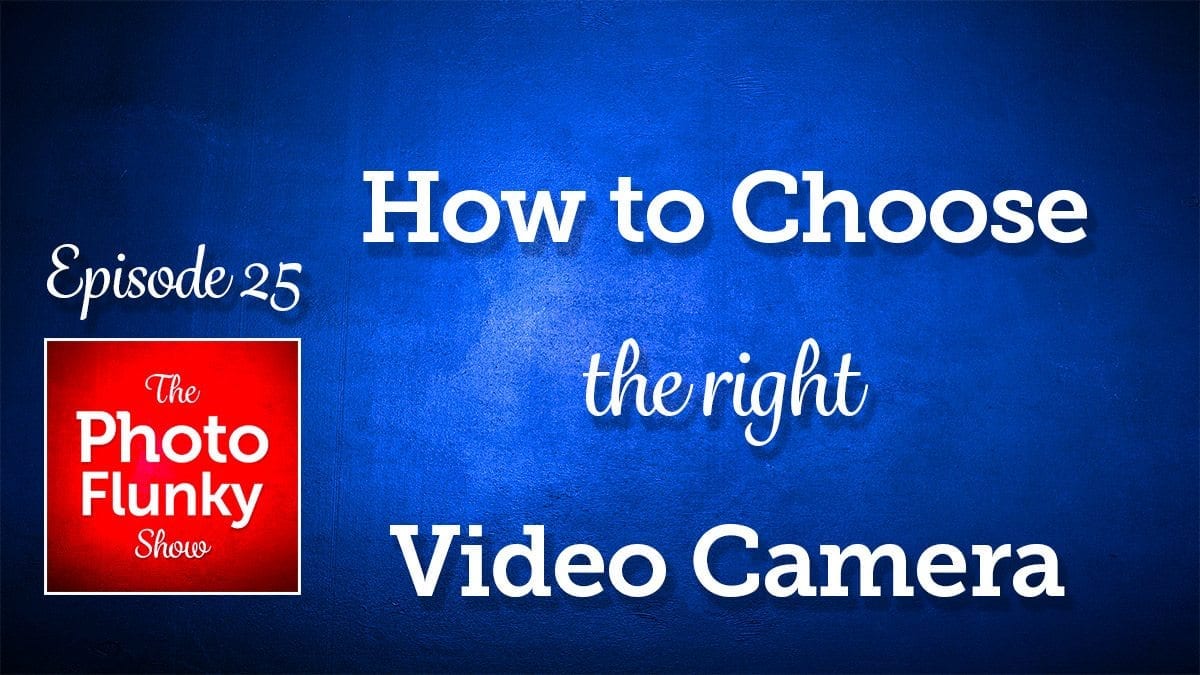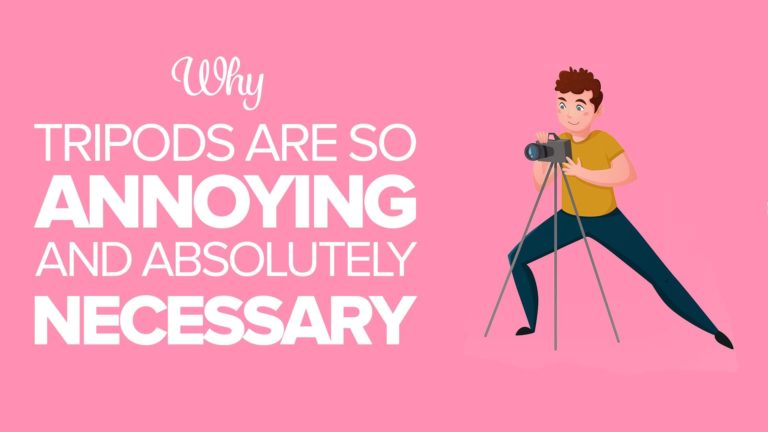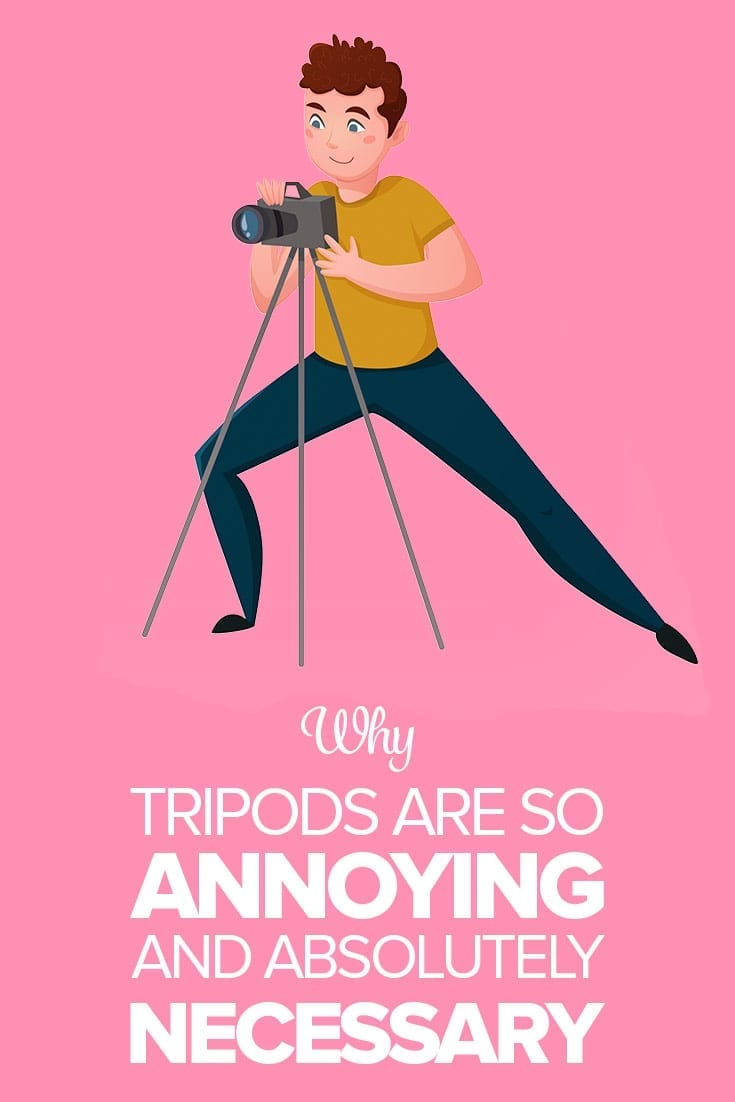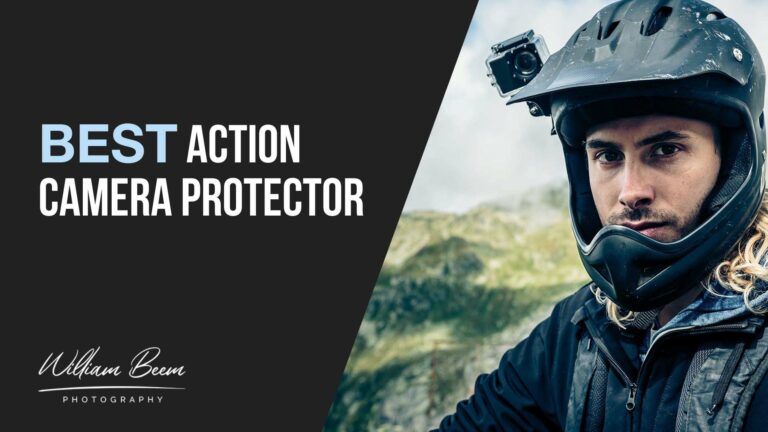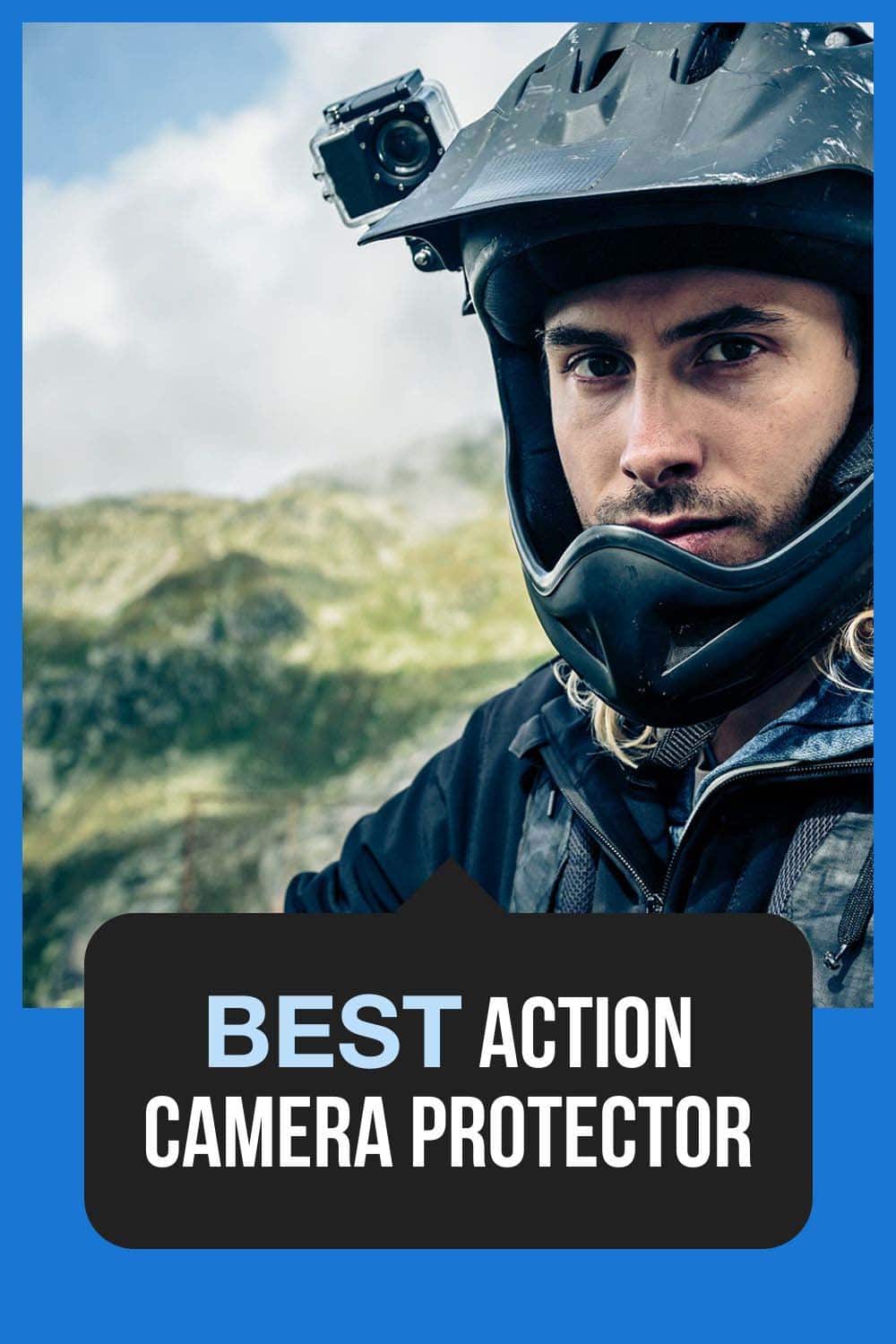Affiliate Disclosure: We earn a commission if you purchase through one of our links at no additional cost to you.
Photographers and audio engineers both rely upon creativity and technology. I’m not an audio engineer, but I’ve spent some time researching sound for an upcoming project. The similarities and differences were fascinating and I thought I’d share them with you.
I’m Becoming An Entry Level Audio Engineer
When does a photographer need to know about audio?
Can’t you just download a song from Triple Scoop Music and slap it into your slideshow? Nice music, beautiful photos. We’re done here.
If only it were that simple.
As part of my series exploring How to Build an Empire with your Photography Blog, I looked at the bigger picture (pun unintentional, yet there it is).
If you want to get your message out to the largest audience possible, you need to do more than host a blog and post your photos. You need to promote your site by reaching out to people who aren’t trying to find you through Google search results.
YouTube is the second-most popular search engine in the world. iTunes is another enormously popular search engine. You can use both of these to get more interested visitors to your site.
Creating videos for YouTube is pretty simple to understand, but how are you going to use iTunes? Start a podcast. It’s something that has mainstream appeal and relatively little competition compared to blogging.
Part of my plan is to start developing more material, both free and paid, using video and audio.
The most important thing about both of those formats is sound. People have little tolerance for crappy sound, so I embarked on a little journey to learn how to improve my sound.
Photographers and Audio Engineers Both Need Gear
When I recorded my training video for Aperture, I used a Blue Yeti microphone. It’s bigger than I expected and surprisingly shaped like a suppository.
While the Yeti was easy to use, I realized that my sound didn’t have the quality I wanted. There was too much background noise, particularly from the humming RAID arrays on my desk. I had no idea how to fix it, so I shipped a product that didn’t live up to my idea of quality.
The Blue Yeti has a knob to change the shape of the recording area, so it doesn’t pick up sound from a 360 degree area. It helps, but it still doesn’t work very well. That’s because it is a condenser microphone. Those puppies pick up everything. Even though the sound you don’t want is behind the mic, it’s bouncing off the walls and hitting the front.
Condenser mics suck at isolating sound. What you need is a dynamic mic to isolate your voice from all the noise happening around you.
Most dynamic mics connect using an XLR cable, not USB. That means you need a way to get the sound into your computer. In other words, you need to buy more gear – like a mixer.
If you only need to record your voice, you don’t really need a mixer. You can find an inexpensive audio interface to your computer. It may not be the best sound, but it works.
Unfortunately, I’m after the best sound I can afford and I want a path to improve as I make progress.
Sound a bit like photography?
Lens lust is like puppy love to audio engineers.
After reading a number of different web sites to learn about the gear, I realized that the most pixel-peeping photographer in the world can’t hold a candle to the intricate discussions that audio engineers use to bludgeon each other.
Here’s what I’ve learned from audio engineers.
Quality And Creativity Are Separate Things
There are plenty of photographers who spend time analyzing technical aspects of their photos. They’re searching for chromatic aberration, learning lighting patterns, identifying the sensors with the least noise at high ISO, etc.
None of these things will guarantee a great photo.
Audio engineers have their own technical terms. They’re looking for attenuation, distortion, headroom, compression and they have more acronyms than my college chemistry class.
Yet, those aren’t the issues they discuss about sound.
Audio engineers talk about the results they want, albeit in their own vocabulary. Is the sound wet or dry? Does it have color or texture? Is it plain or does it have character?
The technical discussion is about quality, but the sound is about creativity developed by mixing variations of technical components.
There Is More Than One Path To The Same Result
On the face of it, a mixer is a pretty simple device. It allows you to plug a bunch of different audio sources into it, do some manipulation, and send the audio out to something like speakers, headphones or a recording device.
The truth can become much more complicated.
There are different ways of accepting sound input, just as there are different ways of sending it out. Depending upon what you want to do, some methods may give you more options to control your sound than others.
Photographers can juggle with the exposure triangle, changing options like cantilevers until we strike the balance of a correct exposure. Instead of controlling sound, we’re controlling an image.
Depth of field can be a creative advantage or it can seem like a curse.
The result we want isn’t a correct exposure, though. We want a great photo, just as an audio engineer wants a great sound. We both have to work with the resources we have at hand to master the technical elements.
However, those resources don’t matter as much as the creativity of our subjects. We both have post processing tools, but a bad singer and a bad photo will suck no matter how much you process them (though I’d give the advantage to audio engineers).
If the subject isn’t good, no path will save it.
Gear Matters, Maybe
There’s a microphone I would really love to use right from the start – the Electro Voice RE-20. It’s wonderful. Seriously, this is the microphone Stevie Wonder used on so many great albums. Radio stations all over America use the RE-20. It sounds fricken’ awesome!
Instead, I’m starting off with a Shure SM58. It’s the basic microphone you’ve seen at a thousand rock concerts since 1966. Everyone from bar bands to Eric Clapton uses the Shure SM58. It’s reliable. You can drop it off a 50 story building and it will still work.
When Roger Daltrey started swinging around a microphone wrapped in gaffer tape, it was a Shure SM58.
The Electro Voice RE-20 costs about $450 and the Shure SM58 costs about $100.
Can I hear the difference between them? Absolutely. Can I hear another $350 worth of difference between them? Not right now.
I remember how I used to think that gear would get me to another level. Take lenses as an example. I really envied people who had some killer prime lenses. When I had enough spare change in my pocket, I bought the Nikon 24mm, Nikon 35mm and Nikon 85mm lenses.
Not a single one of them disappointed me.
Yet for the most part, I use my workhorse lenses – the Nikon 24-70mm and Nikon 70-200mm lenses. The primes are nice to have, but the other two get the work done. The people who view my photos don’t know the difference.
They don’t care, either.
About The Lessons Photographers Should Learn From Audio Engineers
We all have fun with our gear. We should know how to use what we have. If someone asks for a recommendation, we’re most likely to tell them to use what we know. It works for us, so it should work for them.
Different gear can yield different results, but one isn’t necessarily better than another. The qualities are like paint. Different colors, different types, but all will paint a picture. The result depends upon your gifts when using the tools.
Buying a new camera may give you new capabilities, but it won’t make better photos for you.
What Has Gear Done For You?
We love our gear. Sometimes it opens doors, and yet other times it can disappoint if we don’t get the results we wanted.
What has your gear done for you? Let me know in the comments if gear enhances your creativity, solves a problem, or if you think you’ve got enough gear and you’re concentrating on other ways to improve your photography.
Since you read this far, I’m assuming you enjoyed the post or found it thought-provoking. Why not share it with someone you know who could use a different point of view for their photography?
Finally, I’d love it if you subscribed to the site to get more information. Just add your e-mail address and click the link in the confirmation e-mail. I’ll keep you posted on the new projects I mentioned here and more.

